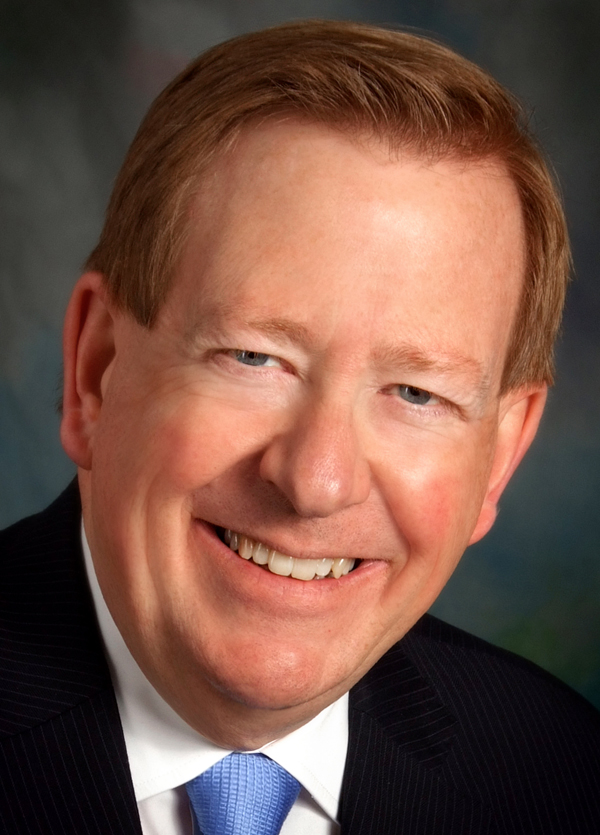Residents of the Johnson Addition neighborhood – located south of Main Street near the Carmel Arts & Design District – have been debating for months how to preserve the character of their part of town.
Some advocates pushed for a “conservation district” that would protect the 1950s, ranch-style home feel, but that was effort was vetoed by Carmel Mayor Jim Brainard.
Now an overlay zoning district is being considered by the city, which is a way to maintain housing standards. But some neighbors have argued that the guidelines are still too strict, and point to a rule that they say essentially outlaws adding a second story to your house.
But Brainard says that’s not the case.
The rule states that building heights cannot exceed the tallest dimension of the two nearest principal buildings on the same side of the street by seven feet. He said seven feet should be enough to add another story to your home.
“It depends on the house and the gable lines,” he said. “It’s also important to remember that with a special situation you can always get a variance.”
In speaking to Current, Brainard tried to calm any fears and dispel any misconceptions about the zoning process. He said there doesn’t need to be a homeowner’s association in any circumstance. He said the process is transparent and almost nothing can be done without advertising it and holding a public hearing.
“It’s important to remember that we’ve had an overlay zone along Range Line and along the Arts District and it’s worked very well to adding a few restrictions to maintain the character,” he said. “What we want to avoid is what has happened in so many neighborhoods around the country where you have a beautiful style of house and the developers come in and build right next to the property line and you see a modern-style home going up ten stories next to two-story town homes.”
Homes along Main Street were taken out of the borders because Brainard said it has a different character and it would be consistent to have larger homes there, but said it would likely remain residential.
“It’s going through a process where neighbors have input and city staff has input,” he said. “The goal I think for everyone is to make sure we don’t get houses that don’t fit into that neighborhood with the least amount of government restrictions. These are good problems to have. These are not problems you have in blighted areas. These are problems you see with an area with a growing interest in development.”



